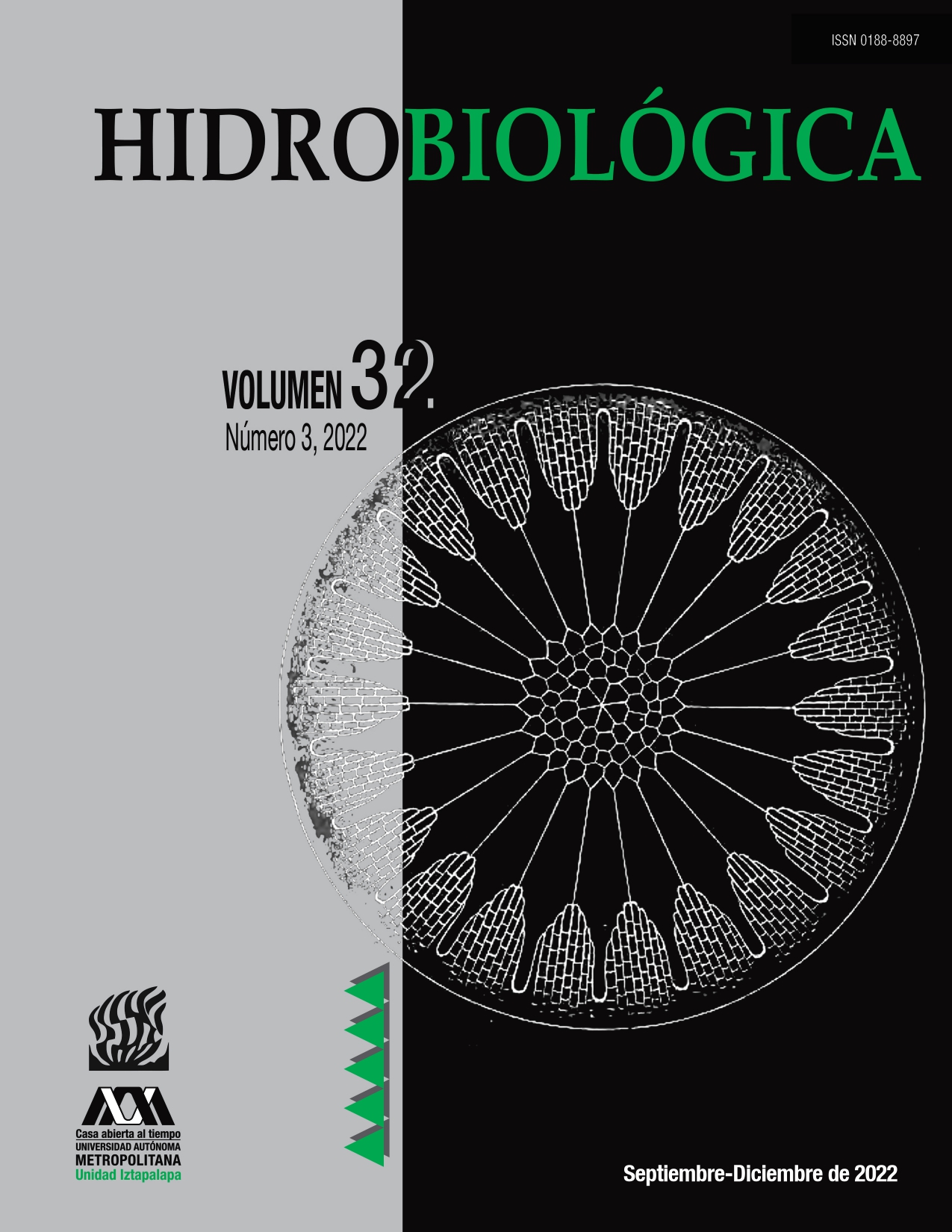Use of the macroalgae as a bio-stimulant for the growth of a legume (Trifolium repens) and a cereal (Triticum aestivum)
Macroalgas como promotoras de crecimiento en Trifolium repens y Triticum aestivum.
Keywords:
Organic agriculture, Bio-stimulant, Algae, Soil, CropAbstract
Background: Organic agriculture is based on the optimal use of natural resources, which helps to increase the biological activity of the soil naturally without using chemical compounds that can alter the soil, crops and aquifers. Some macroalgae have the potential to be used as bio-stimulants or soil conditioners. Goals: evaluate the potential of macroalgae as bio-stimulants or soil conditioners, through the evaluation of the growth of two species of importance as fodder or feed and the analysis of soil composition. In this study, eight macroalgae from the coasts of Veracruz, Mexico were tested. Method: They were added to the soil in the form of fragments and liquid extract around Trifolium repens (white clover) and Triticum aestivum (wheat) plants. A randomized design with four replicates was followed. Two treatments with algae-based stimulants, a chemical fertilizer and a growth hormone concentrate, and a distilled water control were used. Growth was recorded every other day. Results: showed that three of eight algae promoted growth (p<0.05). For wheat they were Acantophora spicifera (extract treatment and fragment treatment) and Ulva lactuca (= Ulva fasciata Delile) and Palisada perforata (fragment treatment); for white clover they were Acantophora spicifera (extract treatment) and Palisada perforata (fragment treatment), compared to chemical fertilizer (Bayfolan forte) and plant hormone control (Agromil V) and water. Conclusions: since the plants of the stimulant treatments grew less or the same as with the algae treatments, it is concluded that there is potential in the algae studied for using them as promoters for plant growth of crops with commercial interest, improving soil quality
Downloads
Downloads
Published
How to Cite
Issue
Section
License
Los autores/as que publiquen en esta revista aceptan las siguientes condiciones:
De acuerdo con la legislación de derechos de autor, HIDROBIOLÓGICA reconoce y respeta el derecho moral de los autores, así como la titularidad del derecho patrimonial, el cual será cedido a la revista para su difusión en acceso abierto.
Publicar en la revista HIDROBIOLÓGICA tiene un costo de recuperación de $500 pesos mexicanos por página en blanco y negro (aproximadamente 29 dólares americanos) y $1000 pesos por página a color (aproximadamente 58 dólares americanos).
Todos los textos publicados por HIDROBIOLÓGICA sin excepción se distribuyen amparados bajo la licencia Creative Commons 4.0Atribución-No Comercial (CC BY-NC 4.0 Internacional), que permite a terceros utilizar lo publicado siempre que mencionen la autoría del trabajo y a la primera publicación en esta revista.
Los autores/as pueden realizar otros acuerdos contractuales independientes y adicionales para la distribución no exclusiva de la versión del artículo publicado en HIDROBIOLÓGICA (por ejemplo incluirlo en un repositorio institucional o publicarlo en un libro) siempre que indiquen claramente que el trabajo se publicó por primera vez en HIDROBIOLÓGICA.
Para todo lo anterior, el o los autor(es) deben remitir el formato de Carta-Cesión de la Propiedad de los Derechos de la primera publicación debidamente requisitado y firmado por el autor(es). Este formato se puede enviar por correo electrónico en archivo pdf al correo: enlacerebvistahidrobiológica@gmail.com; rehb@xanum.uam.mx (Carta-Cesión de Propiedad de Derechos de Autor).
Esta obra está bajo una licencia de Creative Commons Reconocimiento-No Comercial 4.0 Internacional.


